Near Infrared II Laser‐Boosted Peroxynitrite Generation Hollow Copper Single Atom Nanozyme for Effective Bacterial Infection Treatment
Advanced Healthcare Materials, EarlyView.

For the first time, a hollow copper single-atom nanozyme (Cu HSAz) with oxidase -mimicking property is fabricated for effective NO delivery and controlled release. The nanozyme of Cu HSAz@BNN6 displays NIR II laser-boosted ONOO− generation activity, which shows great potential for high-efficient treatment of MRSA-associated wound infections.
Abstract
The peroxynitrite anion (ONOO−) is the product of a specific reaction between nitric oxide (NO) and the superoxide anion (O2 •−), showing great potential for treating multidrug-resistant bacterial infections. However, antibacterial materials with highly efficient ONOO− controlled release properties are lacking. In this study, hollow copper single atom nanozyme (Cu HSAz) with oxidase (OXD)-mimicking property is rationally designed and used for the first time as effective delivery carrier for the NO donor N, N′-di-sec-butyl-N, N′-dinitroso-1, 4-phenylenediamine (BNN6), obtaining the nanozyme Cu HSAz@BNN6. Upon near infrared (NIR)-II laser irradiation, Cu HSAz@BNN6 simultaneously releases substantial amounts of NO and O2 •−, which subsequently lead to the ONOO−boosting via a cascade reaction. Remarkably, ONOO− displays excellent antibacterial efficiency by considerably inhibiting the activity of methicillin-resistant Staphylococcus aureus (MRSA) activity. Moreover, ONOO− is effective in treating MRSA-associated wound infections and promoting wound healing. An antibacterial mechanism study reveals that ONOO−triggers MRSA death by firstly damaging the MRSA membrane, followed by destructing MRSA metabolism to cut the adenosine triphosphate energy supply and boosts intracellular reactive oxygen species generation, which subsequently depletes intracellular glutathione and caused DNA breakage.

























































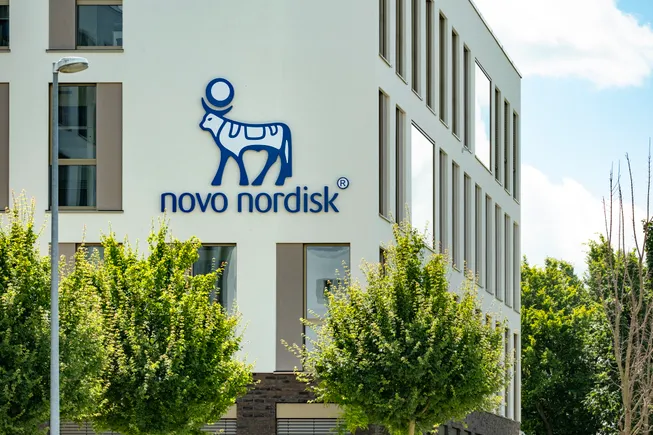



























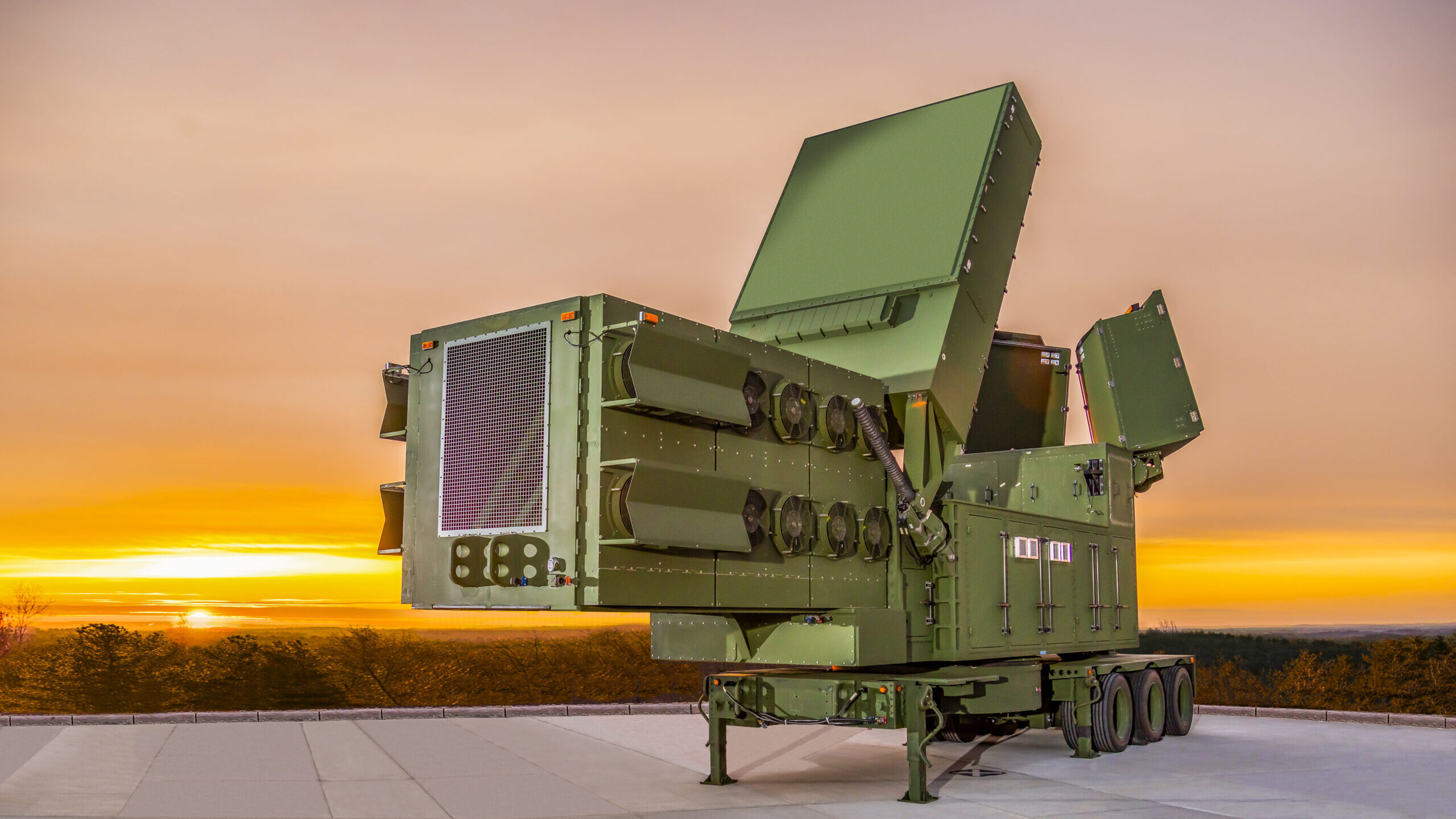























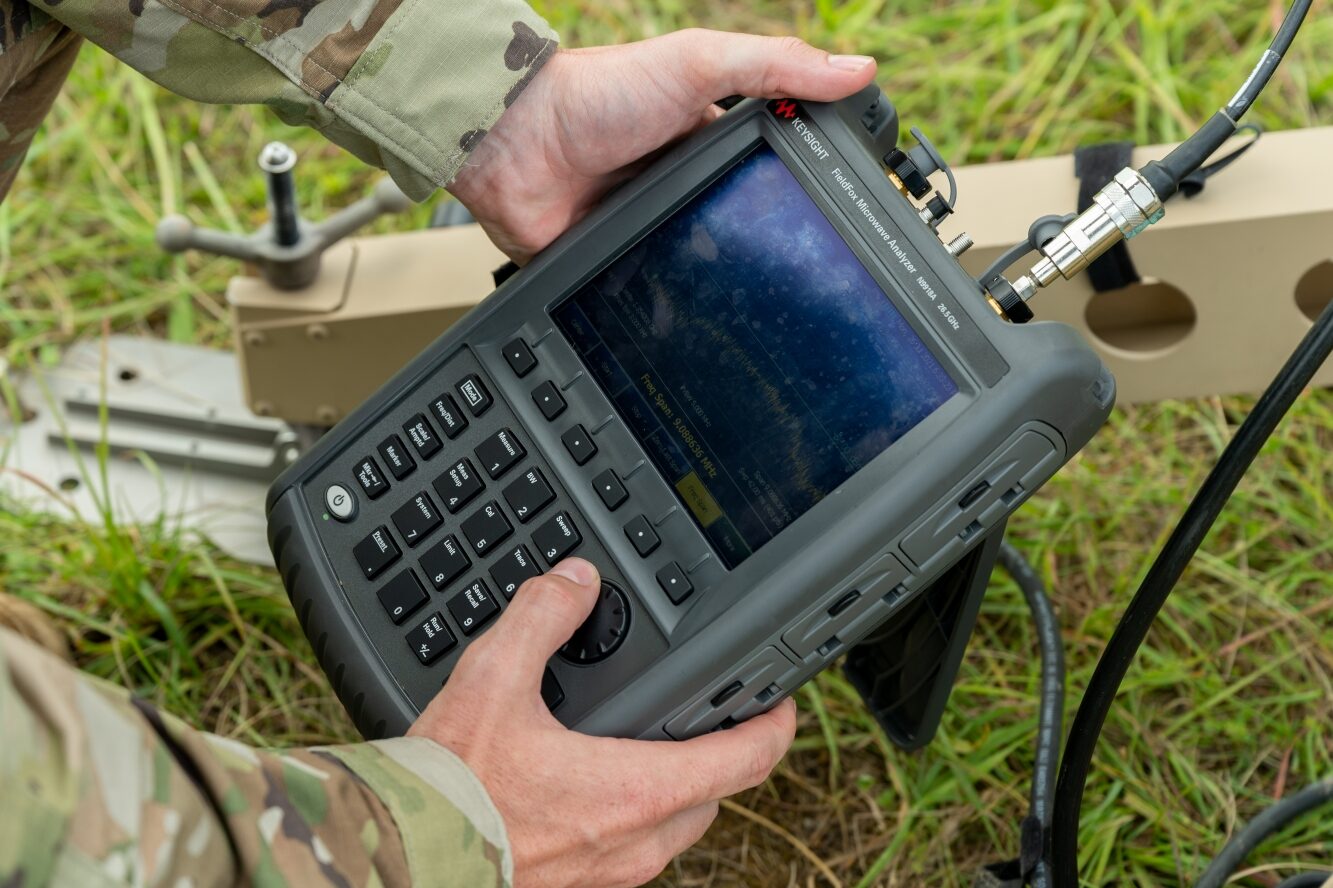





























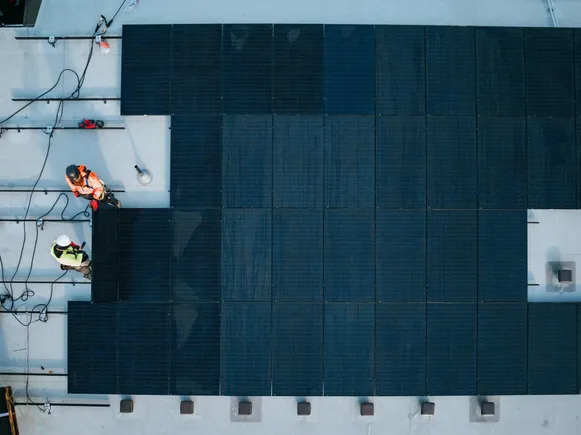








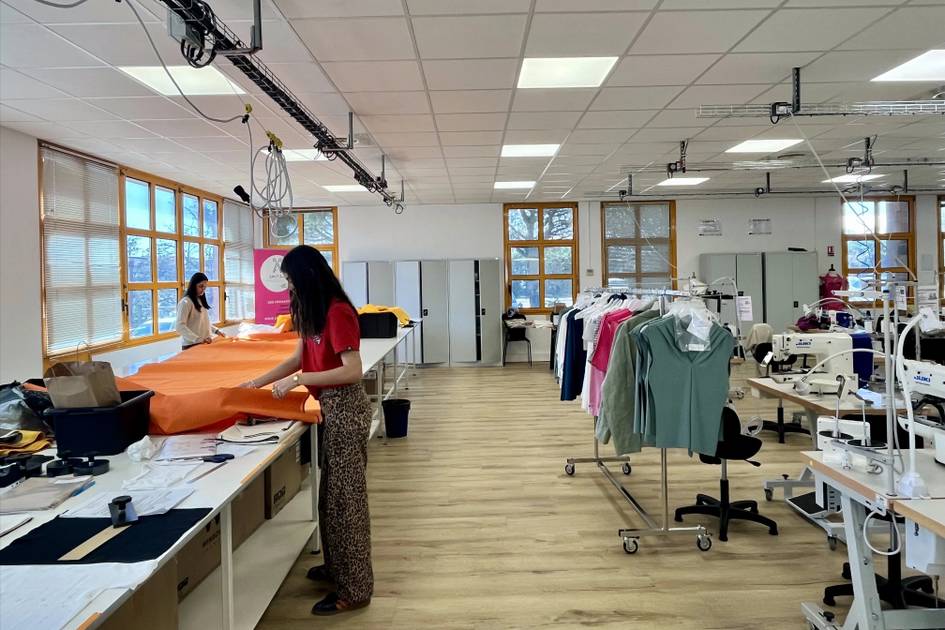










.jpg)








